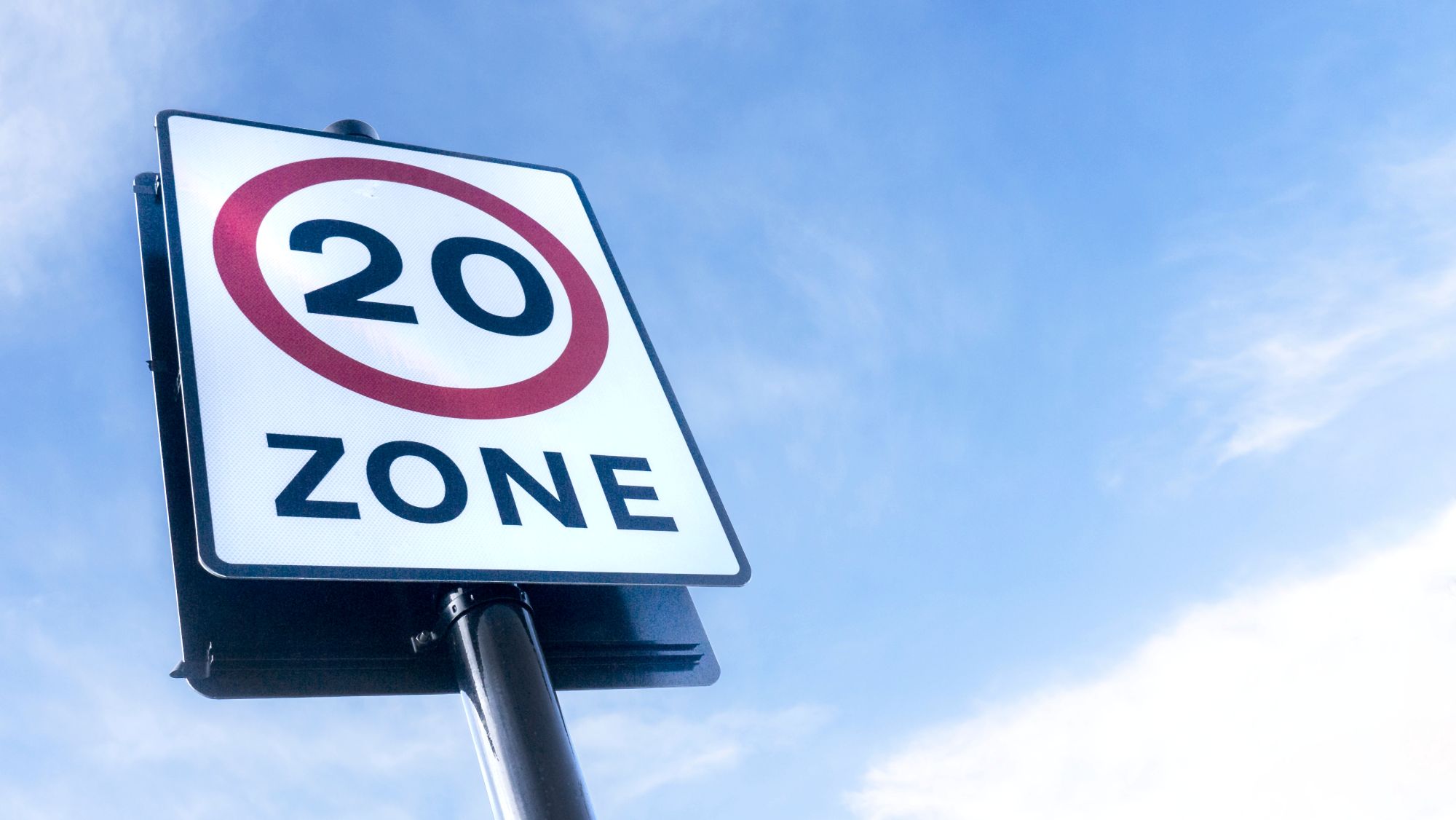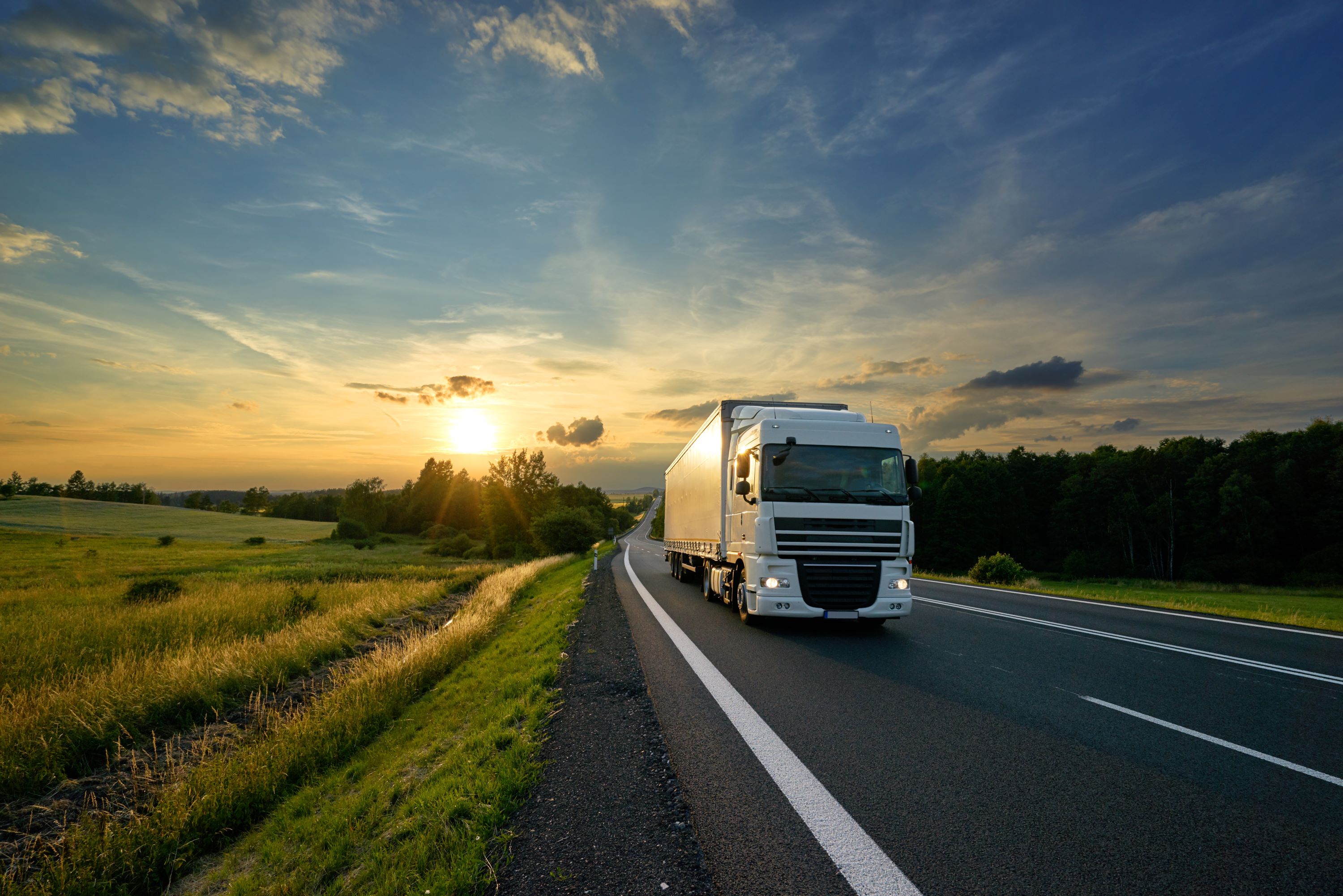
Susie Jones
Каковы последствия введения ограничений скорости в 20 миль в час для автопарков?
Создано: 16.04.2025
•
Обновлено: 16.04.2025
В 2023 году 188 грузовых автомобилей участвовали в столкновениях со смертельным исходом, что меньше, чем в 2022 году, но тем не менее является тревожной статистикой. Эти аварии могли произойти из-за нескольких факторов, таких как усталость водителя, плохое техническое обслуживание автомобиля, погодные условия или действия других участников дорожного движения. Однако данные благотворительной организации Brake, занимающейся вопросами безопасности дорожного движения, свидетельствуют о том, что 58% смертей, связанных с ДТП, были связаны с превышением скорости. В этом блоге мы рассмотрим, как введение ограничений скорости в 20 миль в час может повлиять на работу автопарка и снизить количество смертельных случаев.
Где происходят аварии с участием грузовых автомобилей?
По данным EROS, только 10 % столкновений грузовых автомобилей происходят на автомагистралях - остальные 90 % чаще всего случаются на городских или сельских дорогах. На сельских дорогах водители грузовиков сталкиваются с узким пространством, резкими поворотами и взаимодействием с уязвимыми участниками дорожного движения, такими как велосипедисты и пешеходы, что повышает вероятность ДТП. Городские районы представляют больший риск для водителей грузовиков из-за более плотного движения, частых остановок, активности пешеходов и сложной планировки дорог - в сочетании с непредсказуемостью городских дорог они представляют большую опасность для водителей грузовиков.
Влияние зон 20 миль в час.
Данные, опубликованные [Правительством Уэльса] (https://motortransport.co.uk/industry-news/fleetcheck-urges-operators-to-back-calls-for-wider-use-of-20mph-speed-limits/25490.article), свидетельствуют о том, что в 2024 году на городских дорогах произойдет на 100 несчастных случаев меньше, чем за тот же период в 2023 году до введения ограничения скорости в 20 миль/ч в городских районах.
Схему поддерживают такие организации, как Brake и Cycling UK, а теперь специалисты по управлению автопарком FleetCheck призывают транспортные компании поддержать эту схему. Они утверждают, что переход с 30 миль/ч на 20 миль/ч окажет минимальное влияние на эффективность автопарка и подкрепляют идею о том, что это позволит ежегодно спасать жизни людей.

Что автопарки и водители думают об ограничении скорости в 20 миль в час?
По данным FleetCheck, операторы грузоперевозок отнеслись к этой инициативе неоднозначно. Некоторые считают изменения препятствием для повышения эффективности, утверждая, что снижение скоростного режима может вынудить некоторые автопарки сократить число доставок, которые они могут выполнить за определенный период.
Водители на страницах SNAP в социальных сетях отнеслись к этому предложению с большим пониманием. Один из водителей прокомментировал:
"Кто поддержит увеличение числа зон 20 миль в час? Проблема во всем стандарте вождения. С тех пор как мы вышли из режима изоляции, стандарты вождения стали дьявольскими, это касается и легковых автомобилей, и микроавтобусов, и грузовиков".
В социальных сетях настроения не изменились: многие не поддержали это изменение.
Преимущества увеличения количества зон со скоростью 20 миль в час.
Зоны с пониженной скоростью дают водителям грузовиков ряд преимуществ.
Более низкие скорости улучшают время реакции и сокращают остановочный путь, что позволяет избежать столкновений - особенно в городских условиях.
При снижении скоростного режима у грузовых автомобилей снижается износ.
Препятствия, с которыми могут столкнуться автопарки.
Как уже упоминалось, некоторые автопарки обеспокоены тем, что снижение скоростного режима может привести к сокращению количества доставок, которые они могут осуществить за определенный период. Автопарки также могут столкнуться со следующими проблемами:
Увеличение времени в пути: влияет на доставку грузов, требующих соблюдения сроков, на составление графиков и ожидания клиентов.
Планирование маршрута: компаниям, возможно, придется скорректировать маршруты с учетом снижения скорости.
Соблюдение требований: инвестирование в дополнительное обучение водителей для обеспечения соблюдения новых ограничений скорости будет иметь решающее значение.
Хотя эти проблемы могут создавать дополнительные трудности для автопарков, со многими из них можно справиться заблаговременно. Многие утверждают, что долгосрочные преимущества в плане безопасности перевешивают все препятствия.

Цифры говорят сами за себя.
В новой кампании под названием Hazardous Highways SNAP определил наиболее опасные места на дорогах. Мы погрузились глубже, чтобы выяснить, на каких дорогах может быть снижено ограничение скорости.
SNAP обнаружила, что на Юго-Востоке самые опасные дороги. В Кенте самые опасные дороги в Британии, и к 2050 году в Кентской сети автодорог [https://www.kent.gov.uk/roads-and-travel/road-safety/vision-zero-road-safety-strategy?utm_source=chatgpt.com] поставлена цель свести к нулю количество смертельных случаев на дорогах. Какие дороги вызывают наибольшее беспокойство?
А254: Короткая дорога протяженностью всего четыре мили, но в 2018 году она была названа самой опасной трассой Великобритании. В отчете был выделен участок A254 между перекрестком с A28 в Маргейте и перекрестком с A255 возле Рамсгейта. Ограничение скорости на этом участке варьируется между 30 и 40 милями в час - застроенные районы и интенсивный поток транспорта из порта Дувра делают эту дорогу особенно опасной для велосипедистов, пешеходов и других участников дорожного движения. Может ли этот участок дороги выиграть от снижения скорости?
A252:** Дорога A252 протяженностью 8,7 мили печально известна своей высокой аварийностью. В 2020 году начались работы по снижению количества и тяжести аварий. Среди изменений - снижение скорости движения с 60 до 50 миль в час на этом участке, за исключением тех мест, где действуют более низкие ограничения. Однако достаточно ли этого, чтобы избавиться от репутации дороги как одной из худших в Британии?
Суррей и Эссекс также возглавляют список, в которых за последние пять лет произошло в общей сложности 30 378 аварий. Высокий уровень аварийности в Суррее объясняется сочетанием населенных пунктов и сельских дорог. Близость к Лондону и крупным автомагистралям приводит к увеличению числа столкновений.
M25:** Известная также как Лондонская орбитальная автомагистраль, M25 является одной из самых загруженных дорог Великобритании, а также второй по длине кольцевой дорогой в Европе. В период с 2007 по 2016 год на ней произошло 7 673 аварии и погибло 80 человек. Поскольку M25 является важнейшей автомагистралью, регулирование скорости до 20 миль в час было бы просто смехотворным. Однако выиграет ли M25 от введения зон ограничения скорости?
А3: Протяженность трассы А3 составляет 67 миль, что делает ее сложной для вождения из-за высокой интенсивности движения, ограничений скорости и участков с плохими дорожными условиями.
Часто задаваемые вопросы
Какой максимальный предел скорости для грузовиков?
Водители грузовиков должны придерживаться строгих правил скоростного режима. Эти ограничения введены с учетом размеров, веса и тормозных возможностей грузовика.
Односторонние проезжие части: Максимальная скорость грузовика массой более 7,5 тонн ограничена 50 милями в час.
Двухполосные дороги: 60 миль/ч - максимальное ограничение скорости для грузовиков массой более 7,5 тонны.
* Автострады:* Водители грузовиков не должны превышать скорость 60 миль в час на автостраде.
Правила установки ограничителей скорости в Великобритании В Великобритании на любом грузовике должны быть установлены ограничители скорости, ограничивающие максимальную скорость, с которой может двигаться автомобиль.
Законодательные требования в Великобритании: Все грузовики массой более 3,5 тонн должны иметь ограничитель скорости, установленный на 56 миль/ч.
Как они работают:** Ограничители скорости ограничивают подачу топлива в двигатель при достижении автомобилем заданной скорости, не позволяя водителям превысить установленный лимит.
Нужен ли частному грузовику ограничитель скорости?
Частному грузовику не требуется ограничитель скорости, если только он не используется в коммерческих целях. Вы должны заявить, что ваш автомобиль освобожден от необходимости установки ограничителя скорости, когда будете проходить ТО, заполнив [форму декларации об ограничении скорости] (https://www.gov.uk/government/publications/hgv-speed-limiter-exemption-declaration-form).



